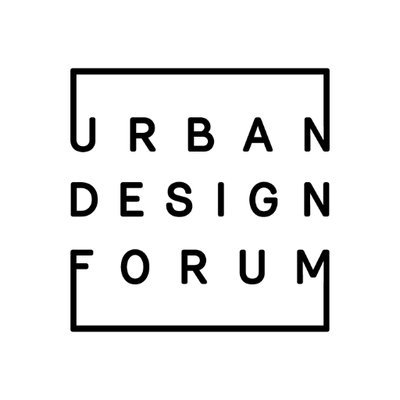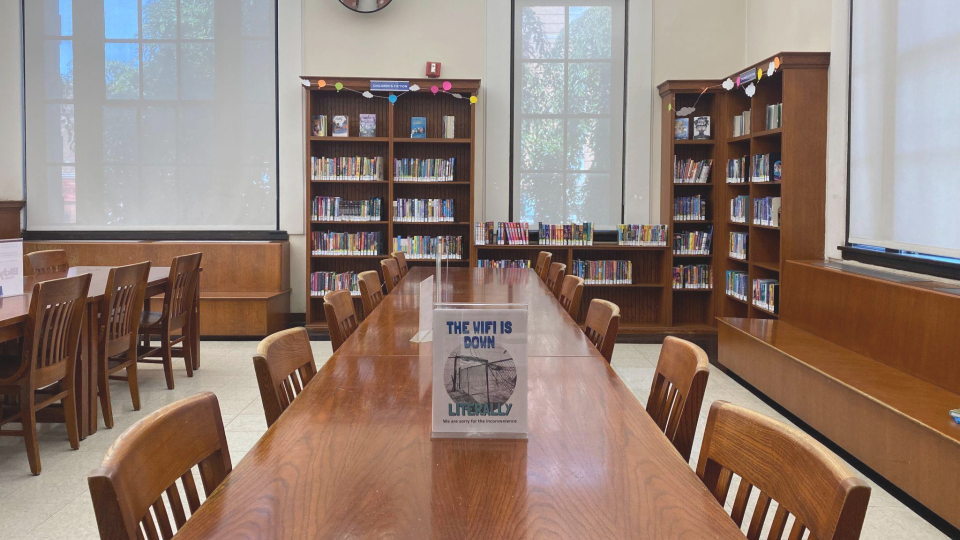Zine Archive and
Design Guidelines
As part of Urban Design Forum’s Forefront Fellowship, I worked with community organizers, educators, urban designers, and youth to envision teen-centered library spaces.
As a team, we hosted a series of discovery workshops with youth throughout NYC. As UX Design Lead, I led the product strategy and development of a zine archive and co-developed design guidelines.
Project Type: UX Design and Research, Spatial Design
Role: UX Design Lead
Organization: Urban Design Forum with Brooklyn Public Library
Timeline: 5 months (2024)
Team Size: 5 members, 60+ collaborators
Background
Youth envision libraries as a space to learn and grow – a place to feel free. But libraries in NYC fall short of this vision. Its state of disrepair, disinvestment, and decay leads to low teen engagement across branches.
Teen spaces often aren't created with teens at the helm. They may come across as surveilling, disengaging, or at times hostile to youth.
Our goal was to build teens’ civic capacity to co-create their libraries of the future.
Deliverables & Impact
Arts-Based Curriculum
Using zine-making as a research modality, our open source curriculum instigates a creative dialogue with teens about their experiences and dreams for a future library. The curriculum is available online to anyone interested in facilitating future exercises with youth.
Zine Archive
The archive is an online collection of zines and themes for a teen-centered library. Our product – and process of turning art into data – has garnered interest from Department of Education and library advocacy projects such as For the People, founded by Mariame Kaba.
Challenge
Working with a diverse team
An interesting challenge of the Forefront Fellowship is working with professionals of various backgrounds. For instance, my team included:
Myself, a technologist
An educator at The Friends of the High Line
An urban planner at 3×3
A community engagement specialist at the Center for Justice Innovation
An audio producer and writer with clients including NPR and ABC News
Despite our differences, we focused on a common denominator, which was our shared accountability to not be “extractive“ to community members throughout our design process. This outlook allowed us to lean on our individual strengths, learn from each other, and ultimately focus on building solutions in service of our end users.
Deep Dive: Zine Archive
Participants donated 60 zines to our project. We had asked them to envision what a teen-centered library looks like. This archive is a collection of their visions.
To turn art into data, I used Airtable to catalog the zines and extract themes. For example, Prince-Chad’s zine called “We Want More” mentions things like:
Chill zones
Cozy chairs for different types of thinkers
Bringing a library to a community where there is none
So I coded it as: comfy seating, loud/quiet zones, accessibility, and food/drinks.
I analyzed all zines in this way, highlighting what’s most important to see in a teen-centered library.
Deep Dive: Design Guidelines
After surfacing the themes, l co-developed nine design guidelines for a teen-centered library. I also designed large and foldout posters, using illustrations by professional illustrator, Ping Zhu.
Let the outside in
Stimulate the senses with biophilic design and sounds for the soul.
Let the inside out
Expand knowledge beyond walls and bring the library outdoors.
Make it cozy
Create cozy, welcoming spaces for teens to feel at home.
Let them be loud
Support solo and group activities to let teens’ voices be heard.
Let them eat
Serve study snacks with affordable, healthy food and beverage options.
Make it accessible
Expand dimensions around accessibility for all library users.
Modernize resources
Promote learning beyond the classroom with up-to-date literary collections and resources.
Provide relevant programming
Activate library spaces with paid work and learning opportunities and teen-led programming.
Build a coalition of libraries
Build a coalition among indie, mobile, and public library systems in your neighborhood.















